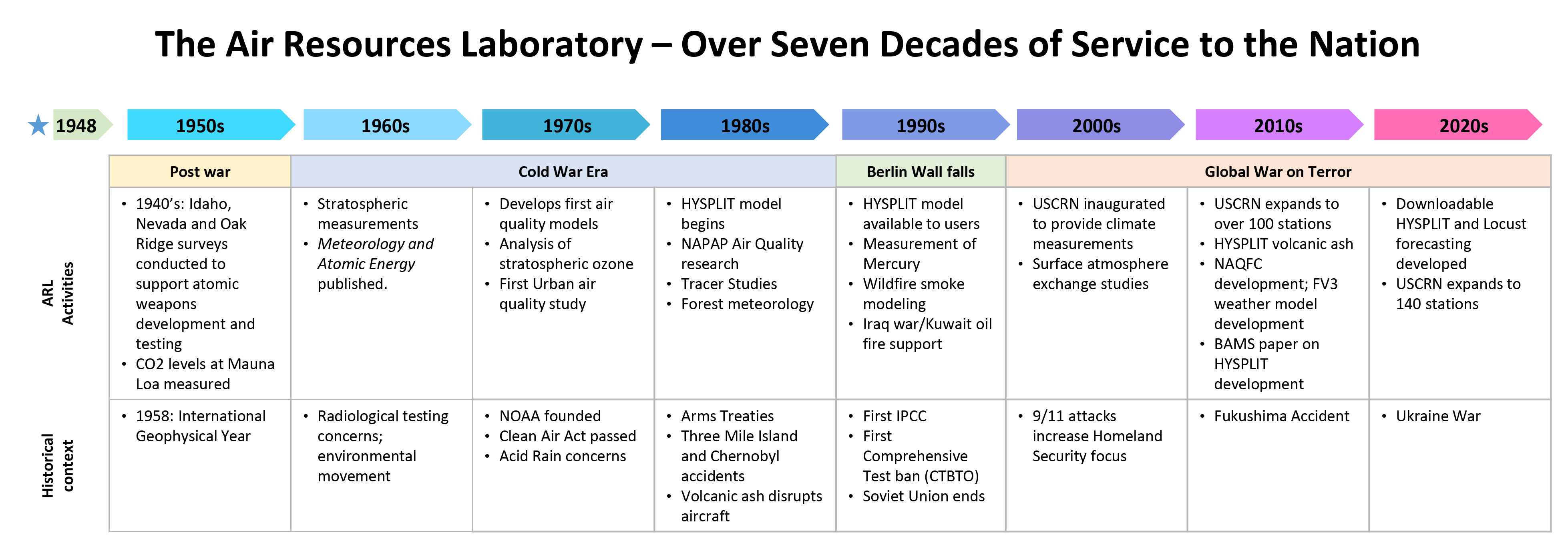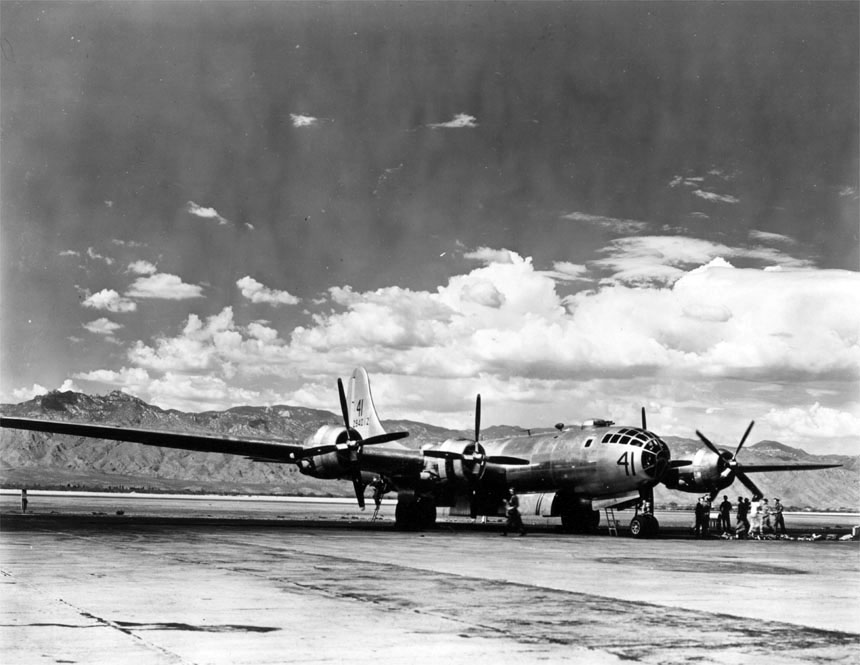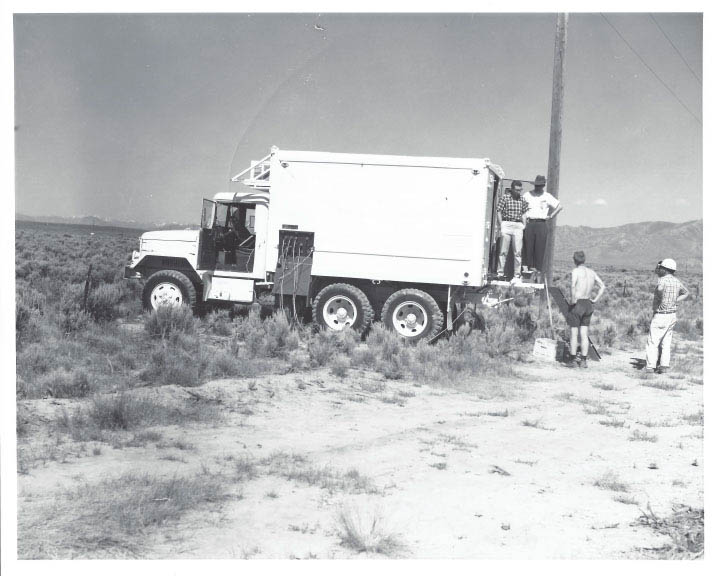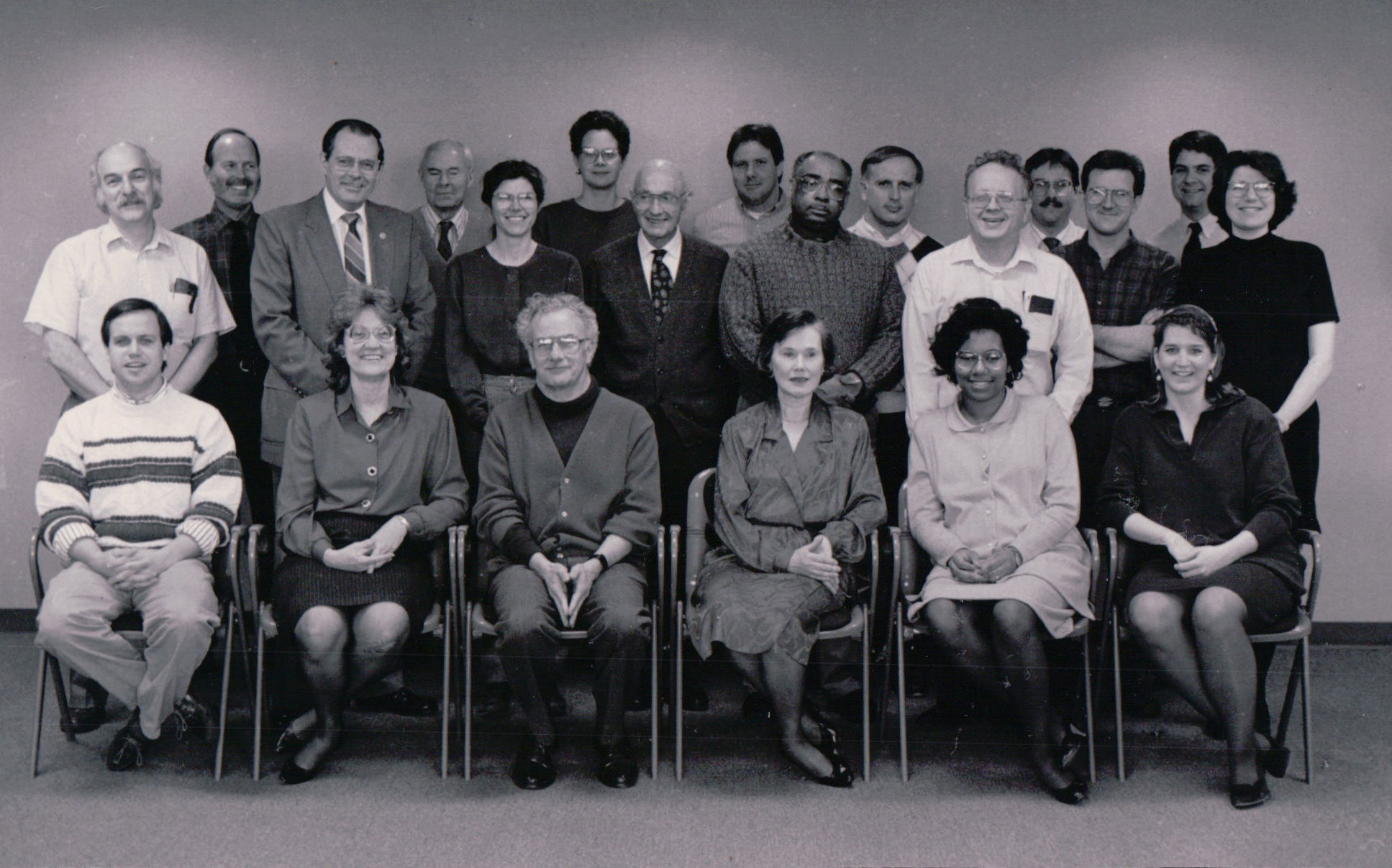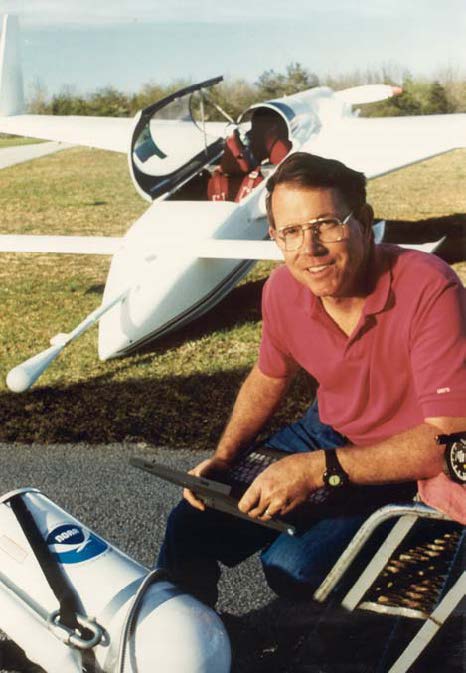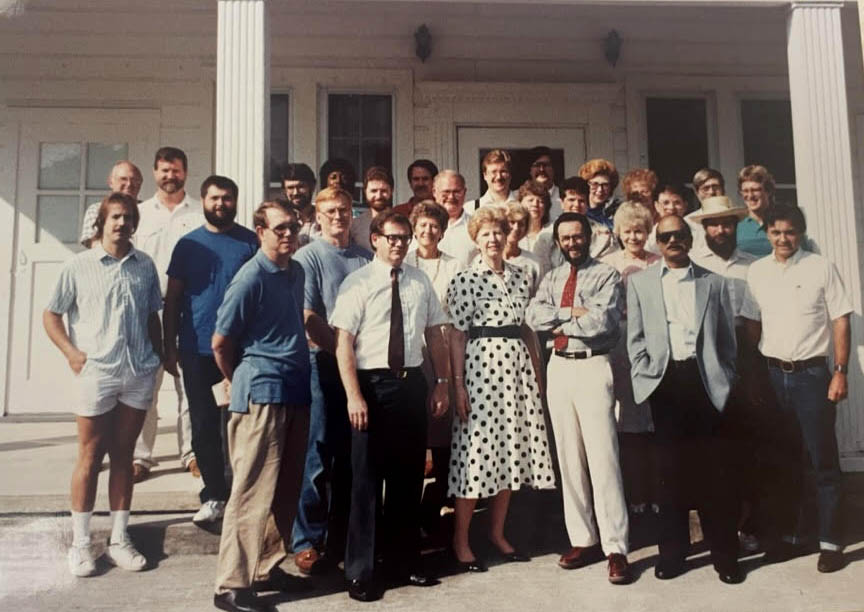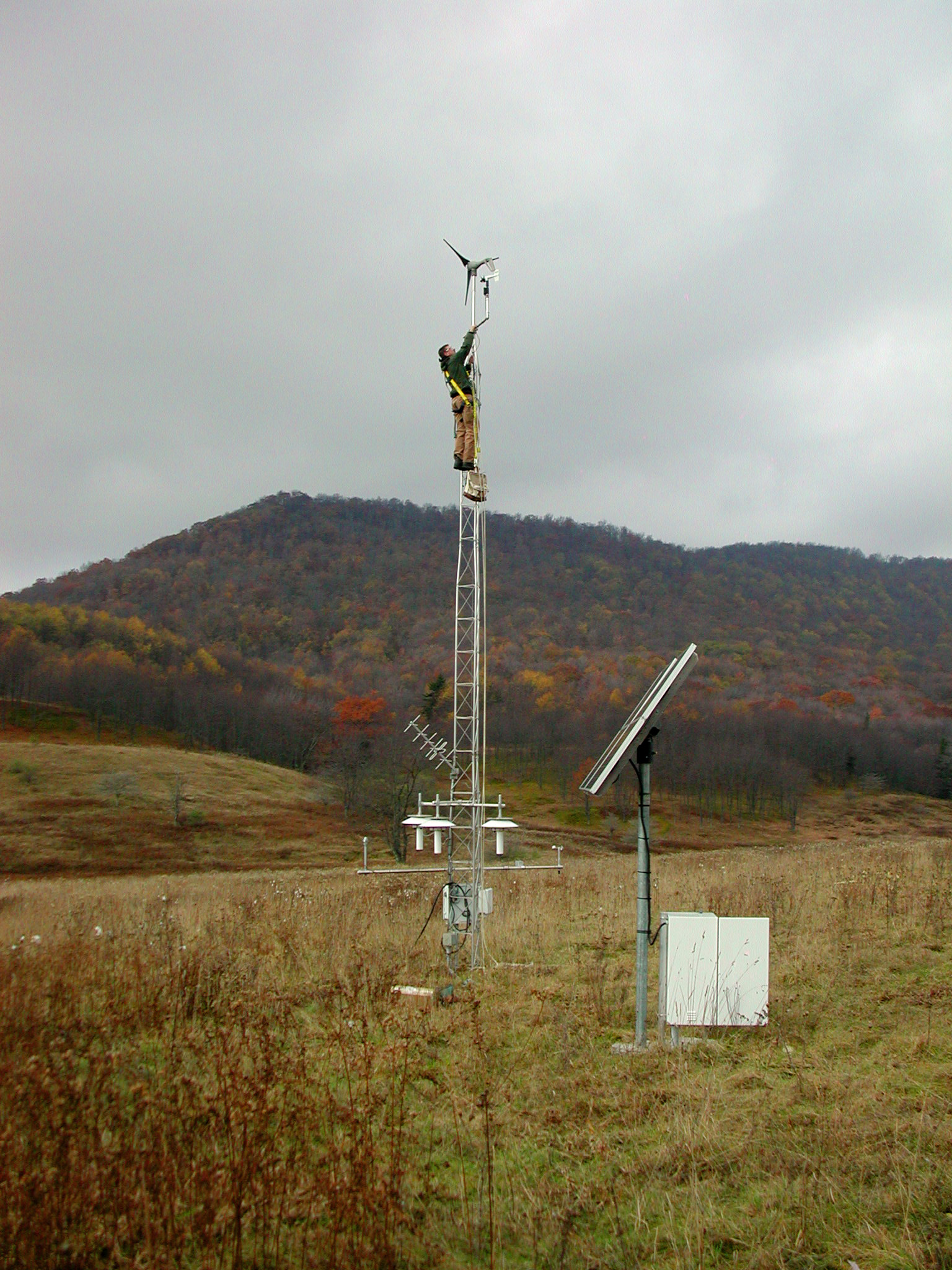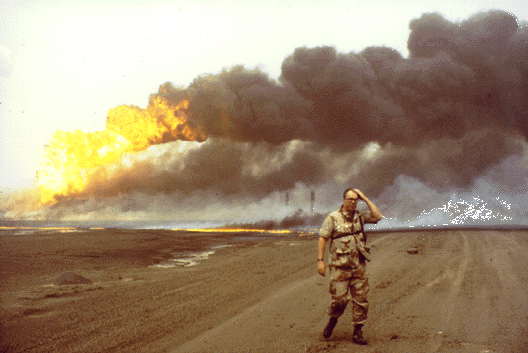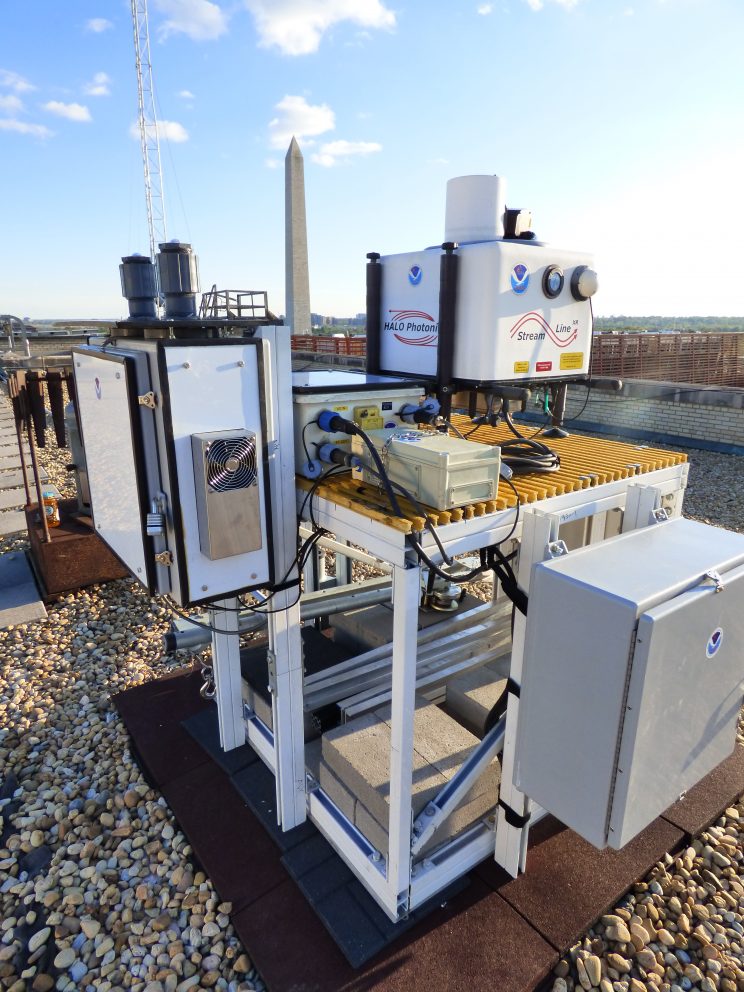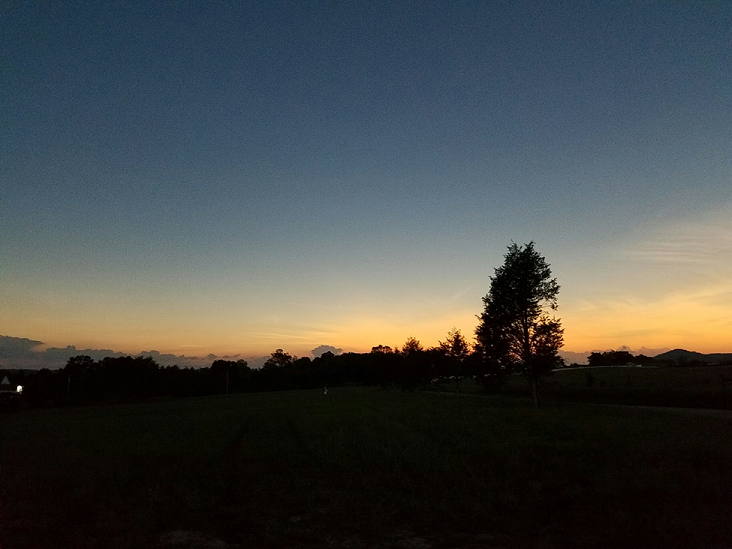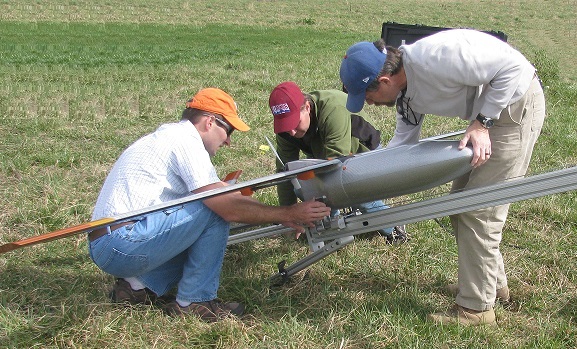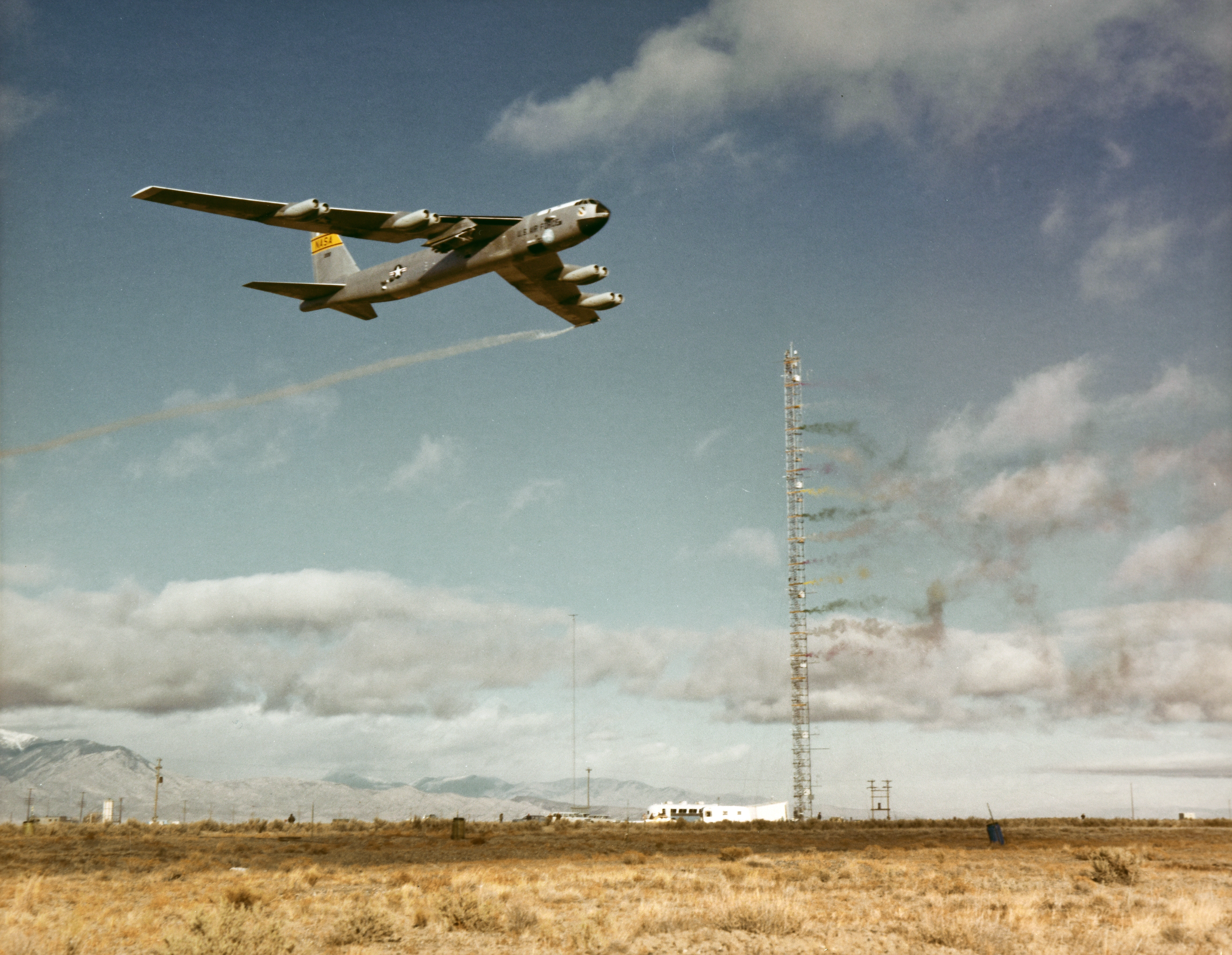75 Years of the Air Resources Laboratory
Offering a range atmospheric transport and dispersion modeling capabilities to the nation.
In 2023, NOAA’s Air Resources Laboratory’s (ARL) celebrates 75 years of service to the nation. Originally founded to trace dispersion during wartime, the same atmospheric transport and dispersion capabilities have since been applied to a range of peacetime uses that serve to improve human health and quality of life.
The evolution of the Laboratory’s Research and Development is intertwined with national and international developments. The following table shows some important societal issues that occurred within each decade from 1940 to 2010, and it relates these issues with key ARL research and development activities in the areas of atmospheric dispersion, surface atmospheric exchange, and boundary layer measurements and characterization.


